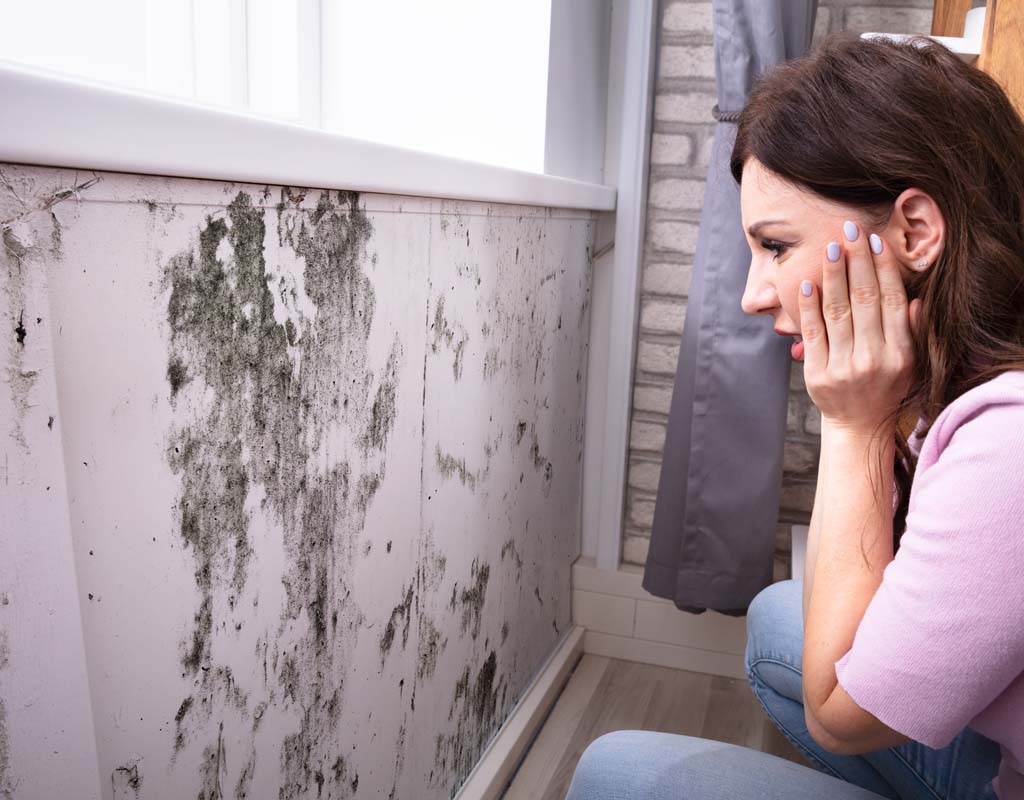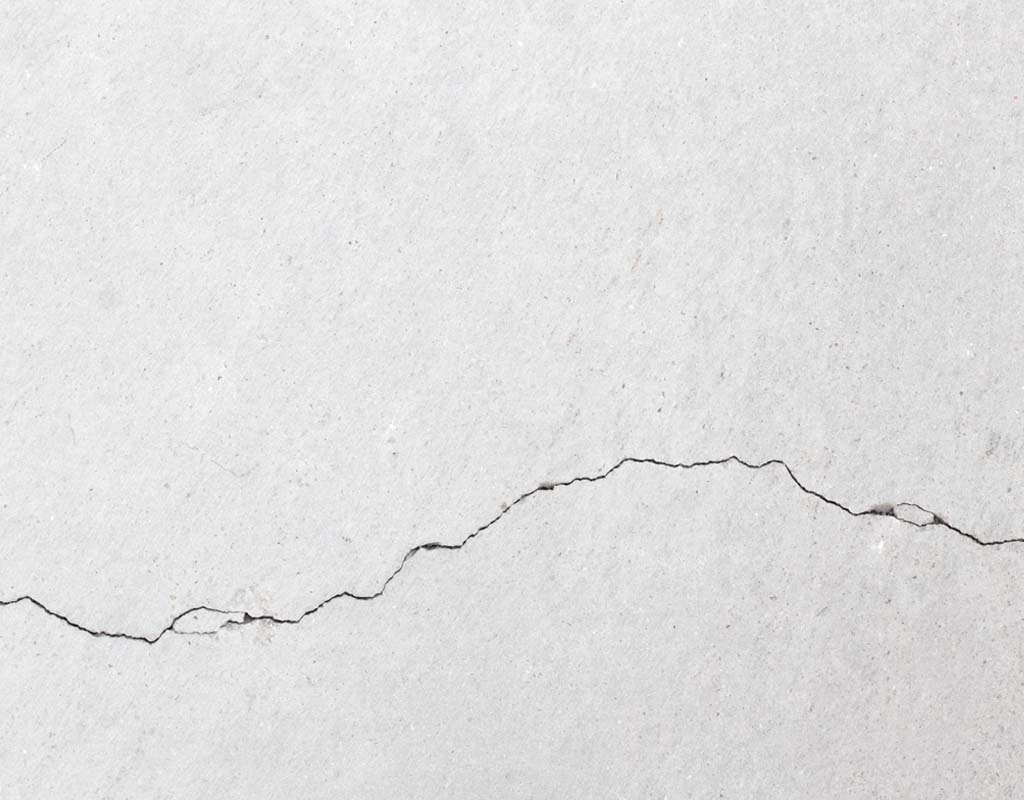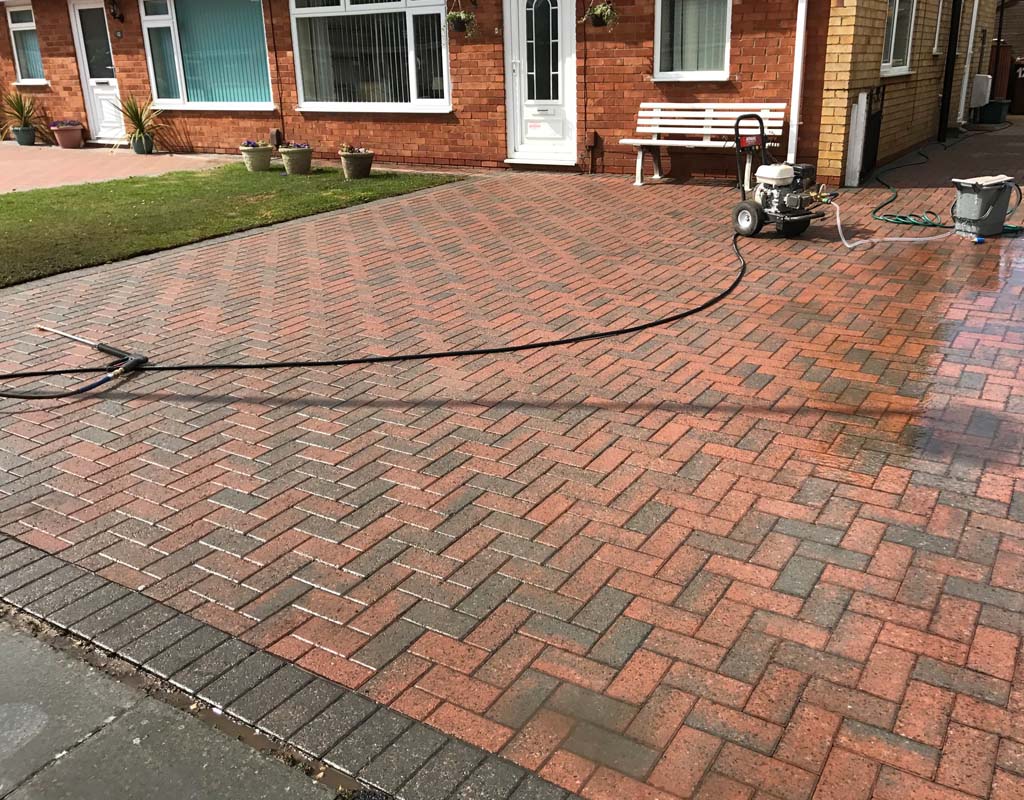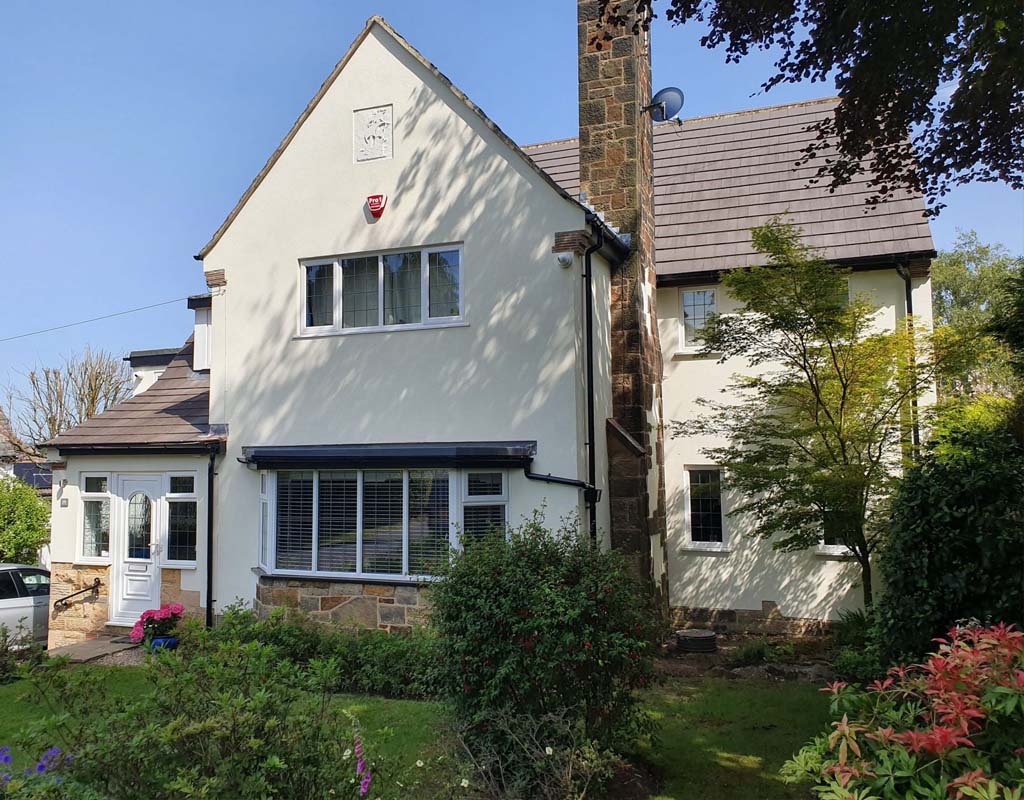
Energy Efficient Coatings
The most effective way to reduce your energy bills is to limit the amount of energy that escapes your home. Roofs, windows, and walls love to let out energy.
One of the best ways to reduce heat loss from your home is to apply energy-efficient coatings to the external walls.
On the surface, energy efficient coatings don’t require much explanation; they are energy efficient! With warmer homes, lower heating bills, and fewer layers of clothing needed during the colder months, these words are appealing to most people.
For external insulation, you might need advice from exterior wall coating companies, even though loft insulation can be a do-it-yourself project (and a messy, unpleasant one at that).
Is it a daylight robbery?
We’ve all heard about the heat that is lost through the roof and attic space of our homes – 30% or more of it is lost through poorly insulated loft spaces. You’re losing a lot of money when you lose 30% of your heat. The average domestic energy bill for a medium-sized house is £2060, so that’s a considerable amount.
Many people do not realize that other parts of the building are also dipping their sticky (or damp) fingers into your household budget. At least 30% of heat is lost through doors and windows, and possibly even 35% through walls as well.
Usually, exterior wall coating companies can offer you a survey to determine the best solution for your home – and solutions and savings will vary depending on the type, style, and age of your home.
Construction, Construction, Construction
Depending on the type of construction and age of your house, the amount of heat lost through the walls can vary. A brick or stone wall can lose a great deal of heat due to certain characteristics.
Due to their porous nature, water can gather in the small air pockets within the material itself.
There are two side effects – damp can penetrate the internal walls, causing mould and damp patches, while water conducts heat out of the building rapidly.

Wall Insulation
The obvious advantage of applying coatings to your walls is a price cap on your bills. Furthermore, modern exterior wall coating companies use the latest products that can be applied quickly.
Since time is money, energy efficient wall coatings are highly competitive compared to more traditional methods, as we all know.
Additionally, energy-efficient wall coatings like this protect the home from external damp patches. As water slides down the walls, dirt, grime, and pollution are washed away with it.
In addition to self-cleaning your walls, this feature also protects them from environmental pollutants. It creates a long-lasting, attractive and low-maintenance exterior finish for your house.
Exterior Wall Coating Companies
Here at Pinnacle, our experience in exterior wall coatings allows us to provide you with the most energy efficient coatings.








